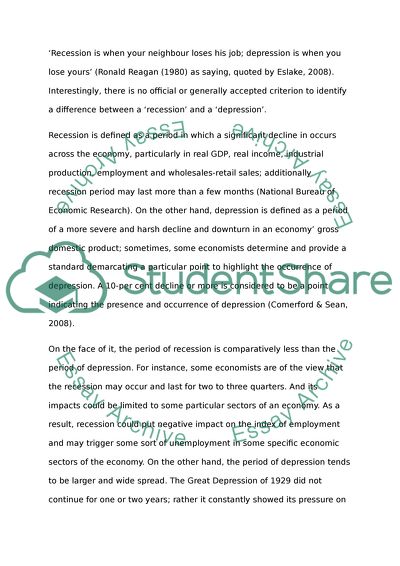Cite this document
(“What is the result of the credit crunch, a recession or a depression Essay”, n.d.)
Retrieved from https://studentshare.org/macro-microeconomics/1410103-what-is-the-result-of-the-credit-crunch-a
Retrieved from https://studentshare.org/macro-microeconomics/1410103-what-is-the-result-of-the-credit-crunch-a
(What Is the Result of the Credit Crunch, a Recession or a Depression Essay)
https://studentshare.org/macro-microeconomics/1410103-what-is-the-result-of-the-credit-crunch-a.
https://studentshare.org/macro-microeconomics/1410103-what-is-the-result-of-the-credit-crunch-a.
“What Is the Result of the Credit Crunch, a Recession or a Depression Essay”, n.d. https://studentshare.org/macro-microeconomics/1410103-what-is-the-result-of-the-credit-crunch-a.


